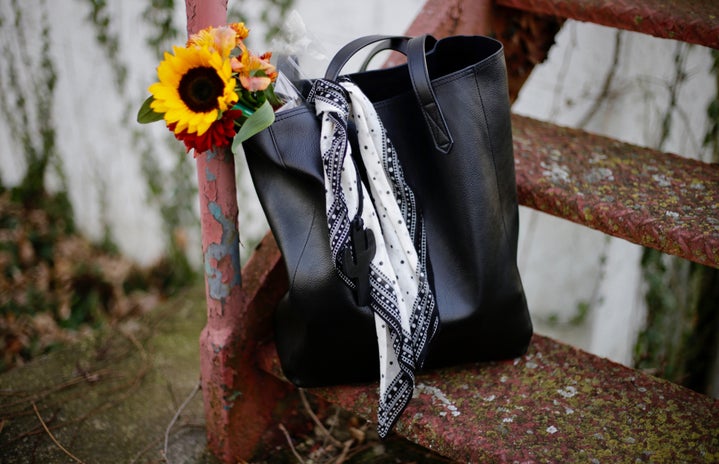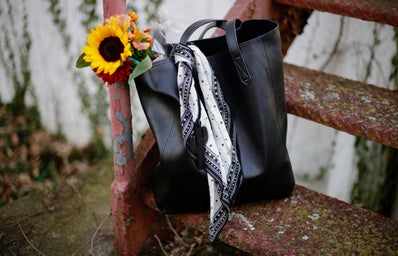The invisible conditions are a lot of times ignored by society because they are not visible at first sight, but nowadays there is a symbol that can represent this group of people.
The Sunflower Cord
The Sunflower Cord is a visual cue that helps the recognition of people with hidden disabilities by others so they can have their needs fulfilled while living in this messy world.
On top of that, the importance and the change of the cord on people’s lives is enormous, since it makes people feel seen and safe as they can be treated with respect by the ones around them.
Even though there are people who may recognize the sunflower lanyard, that does not mean that everyone knows what hidden disabilities are.
Hidden disabilities
A hidden disability may not be immediately obvious to the eyes, since it does not have any physical signs. Due to the absence of visibility, it is difficult for others to acknowledge the challenges faced by this group, and as a consequence, there is a lack of sympathy and understanding by people around.
There are many invisible deficiencies, from simple conditions to more serious diseases. They include mental health, learning difficulties, sensory loss of mobility, speech, and hearing. It can also be asthma, COPD – a group of lung conditions -, renal failure, diabetes, sleep disorders, autism, and even dementia or Alzheimer’s.
Living with these conditions can make daily life more difficult for many people, affecting each person in different ways.
The Sunflower Cord in Brazil
The Brazilian population often forgets the invisible deficiencies due to a lot of reasons that are rooted in the nation’s mind, it can be prejudice against people with different conditions, it can be the way that they are ignored by the big media or even the way that they are rarely and poorly represented in TV shows and movies.
The group of people that have invisible deficiencies didn’t have a symbol to represent them in Brazil, but the first one that was known by the population is the “Puzzle Piece” which represents the autism spectrum disorder. It’s the one that is used nowadays, although, their community has already pointed out how offensive it can be to them since it feels like they are being told that they are missing a piece of the puzzle in their heads.
Furthermore, on July 17, 2023, the Sunflower Cord Law was formalized in national scope, so people can identify hidden disabilities in others with the sunflower lanyard, finally giving them the respectful recognition that they deserve so people can treat them with respect in all kinds of situations.
Which countries already use the Sunflower Symbol?
Started by Tabbers Limited the Hidden Disabilities Sunflower is a Disability Service that spreads awareness around the world about hidden deficiencies, even Their slogan is about representation, saying: “making the invisible, visible”. On their website they have a tiny text explaining what we can expect from them and what things they help the people who have those conditions get through, saying: “The Hidden Disabilities Sunflower is a simple tool for you to voluntarily share that you have a disability or condition that may not be immediately apparent – and that you may need a helping hand, understanding, or more time in shops, at work, on transport, or in public spaces”.
This service uses their socials and website to help people know themselves and how to deal with hard situations that may happen in their lives; This company also has partnerships with HSBC, Boston Scientific, and the Mace Group increasing their visibility even more.
They have headquarters almost all around the world; you can find them in different continents like the Americas, Europe, Asia (Middle East), and Oceania. On their website, you can see which country they are looking at the “Your Local Sunflower” part, and not only that, they are in every social media to take this knowledge to the most people possible.
————————–
The article above was edited by Clarissa Palácio.
Did you like this type of content? Check Her Campus Cásper Líbero‘s home page for more!


